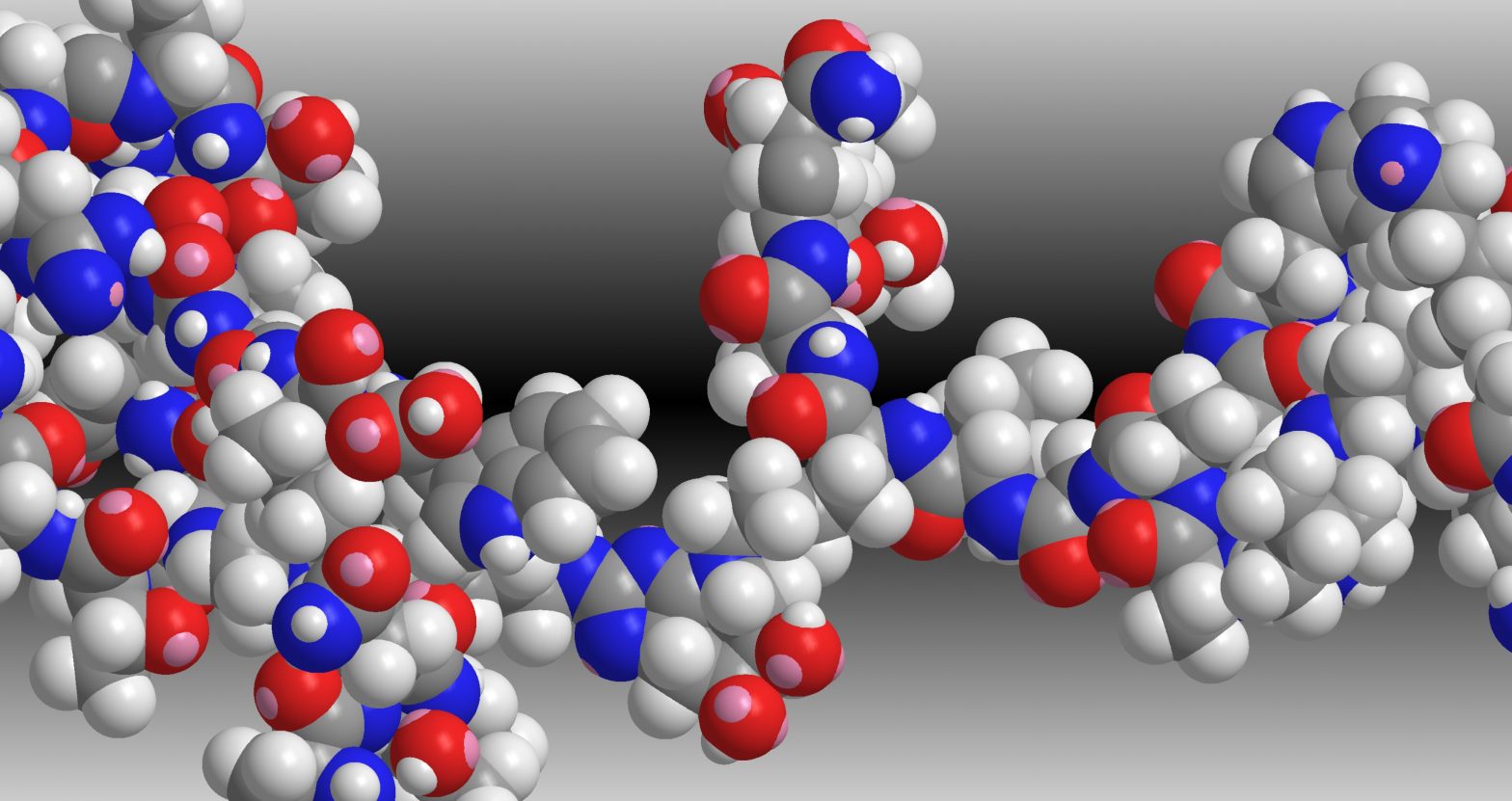Chemical errors and aging
My approach to the biology of aging links with my work on astrobiology on the fundamental chemistry of life. It relates to error.
The chemistry of life is astonishingly precise. It is kept on track by many error correction systems. DNA copying is astonishingly accurate thanks to multiple layers of redundant checks, but even everyday metabolism keeps itself on track all the time. When we eat, each kilogram of food is accurately turned into energy and (regrettably) into more of us. Regardless of our diet – vegan or steak-lover – we turn food into us. Our dogs and cats turn pretty much the same food into dog and cat. If we eat a banana there is no risk at all we turn into a banana. The specificity of the complex chemistry to turn banana into Bains is quite astonishing. And we do that with almost 100% accuracy for over half a century.
The key is the ‘almost’. That accuracy is primarily down to error-correction mechanisms. Without them, our metabolism would fail in days. But they are not perfect, and so errors accumulate. Leslie Orgel pointed out in 1963 that once chemical errors started to build up, some of them would be in the proteins of the error-correction mechanism, which would therefore work less well, so more errors would build up and so on. This positive feedback he called the Error Catastrophe theory of aging.
Error Catastrophe has fallen out of favour since; theories of aging based on accumulating ‘chemical junk’, telomere erosion, and other causes have taken over as there was no evidence for error catastrophe (possibly because the evidence would be extremely hard to detect even with 21st Century technology). One class of ‘chemical junk’ that I have been involved with over the last few years is the chemical cross-linking of proteins, with age-related chemicals such as glucosepane. This can be the a consequence of random chemical attack, or the accumulation of enzyme activity such as the potential build-up of EGGL. However I think these are all part of a bigger picture, which has lead me back to the Error Catastrophe theory of aging. If our work originating in astrobiology is right, then there is way to look at aging from the standpoint of chemical space, not just protein sequence space. This has important consequences. Because if the degradation of function with age is at core a chemical process, then chemical interventions could help prevent it.
Will this ‘cure aging’? No. Might it help defer the disability that most people suffer in old age? I really hope so. In particular I hope the approach can do something for Alzheimer’s patients, which is a current focus of this research.
